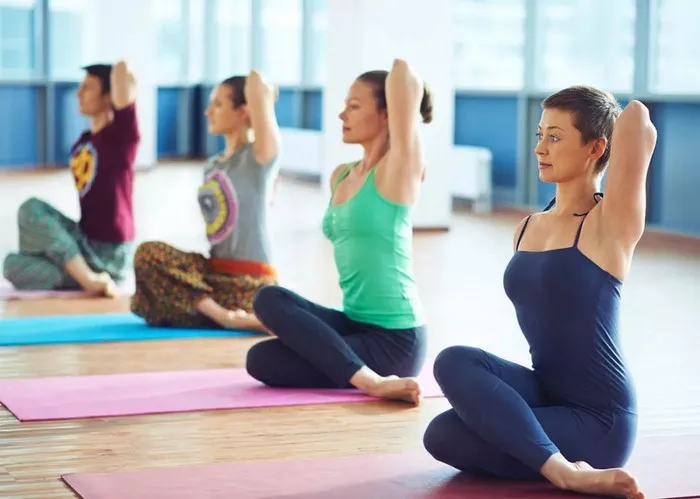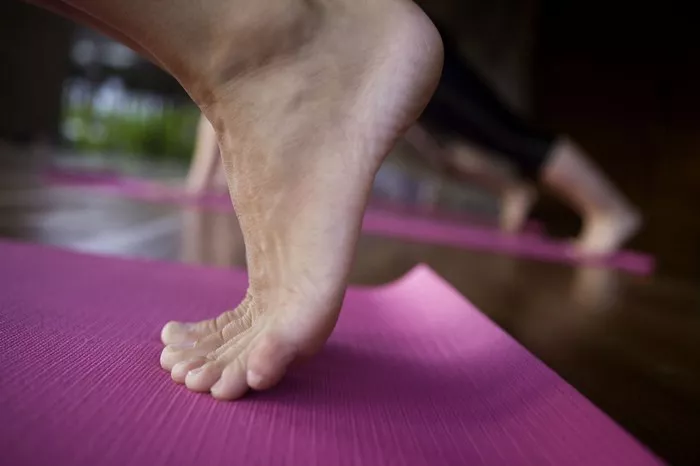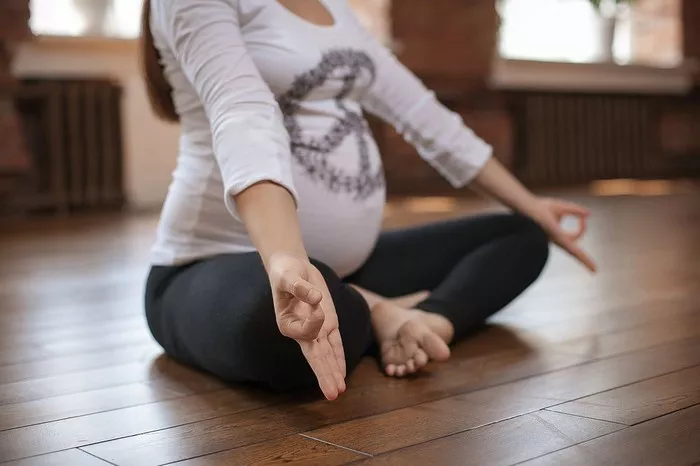Yoga has become an integral part of many people’s lives, offering not just physical benefits but also mental and emotional well-being. CorePower Yoga, known for its high-energy classes and comprehensive approach to yoga, is a popular choice for many enthusiasts. One common question for newcomers and even regulars is about the cost and availability of renting a yoga mat at CorePower Yoga. This article delves into the details of mat rentals at CorePower Yoga, including costs, benefits, and considerations to help you make an informed decision.
Understanding CorePower Yoga
CorePower Yoga stands out for its vibrant community and diverse class offerings. With studios across the United States, it provides a variety of yoga styles, including Hot Yoga, Yoga Sculpt, and Power Yoga. The environment is designed to be welcoming, with amenities that cater to both beginners and advanced practitioners.
Why Rent a Mat?
Renting a yoga mat can be beneficial for several reasons. For those new to yoga or visiting a studio for the first time, renting a mat provides an opportunity to try out the practice without the upfront investment of buying a mat. Regular practitioners might rent a mat when they forget to bring their own or prefer not to carry one around. Additionally, rental mats are usually maintained and cleaned by the studio, ensuring hygiene and convenience.
Cost of Renting a Mat at CorePower Yoga
The cost of renting a mat at CorePower Yoga varies slightly depending on the location, but generally, it ranges from $2 to $5 per session. This price is relatively standard across most studios, though some high-demand locations in larger cities might charge slightly more.
Single Session Rentals: The typical cost for renting a mat for a single session is around $2 to $5. This is a convenient option for those who do not frequently attend classes or prefer not to carry a mat around.
Monthly Membership Add-ons: For regular attendees, CorePower Yoga offers the option to include mat rentals as part of a monthly membership package. This add-on can range from $10 to $20 per month, depending on the studio location. This is a cost-effective option for those who attend classes multiple times a week.
Promotional Offers: Occasionally, CorePower Yoga runs promotions that might include free mat rentals for a certain period, especially for new members or during special events. It’s worth checking with your local studio for any current offers.
Benefits of Renting a Mat
Renting a mat at CorePower Yoga comes with several benefits that can enhance your practice and overall experience:
Convenience: Renting a mat saves you the hassle of carrying one to and from the studio, especially if you’re heading to class from work or other activities.
Hygiene: CorePower Yoga ensures that rental mats are cleaned and sanitized after each use. This can be reassuring for those concerned about cleanliness and hygiene.
Quality: The rental mats at CorePower Yoga are of high quality, providing adequate grip and comfort, which is essential for a good practice session.
Trial Before Purchase: If you’re considering buying a yoga mat but are unsure about the type or brand, renting gives you a chance to try different mats available at the studio.
Considerations When Renting a Mat
While renting a mat at CorePower Yoga is convenient, there are a few considerations to keep in mind:
Hygiene Concerns: Although the studio maintains hygiene standards, some practitioners prefer using their own mats for personal assurance.
Cost Over Time: If you attend classes frequently, the cost of renting a mat for each session can add up. In such cases, purchasing your own mat might be more economical in the long run.
Availability: During peak class times, rental mats might be in high demand. It’s advisable to arrive early to ensure you can secure a mat.
See Also: How Much Is Corepower Yoga Membership?
Alternatives to Renting a Mat
If you decide that renting a mat is not the best option for you, there are alternatives to consider:
Bringing Your Own Mat: Investing in a personal yoga mat can be cost-effective over time. It also allows you to choose a mat that perfectly suits your needs and preferences.
Mat Storage at the Studio: Some CorePower Yoga locations offer mat storage for members. This service allows you to keep your mat at the studio, eliminating the need to carry it back and forth.
Purchase Options at the Studio: Many CorePower Yoga studios sell yoga mats and other accessories. Purchasing a mat directly from the studio can be convenient and supports the studio’s offerings.
Tips for Choosing a Yoga Mat
If you decide to purchase your own yoga mat, here are some tips to help you choose the right one:
If you decide to purchase your own yoga mat, here are some tips to help you choose the right one:
Material: Consider mats made from eco-friendly materials like natural rubber or cork. These options are not only better for the environment but often provide better grip and comfort.
Thickness: Mats come in various thicknesses, from thin travel mats to thicker mats for added cushioning. Choose based on your comfort preferences and the type of yoga you practice.
Texture: The texture of the mat affects grip and stability. Some mats have a smooth surface, while others have a textured finish for extra grip.
Portability: If you travel frequently or plan to carry your mat to and from the studio, consider a lightweight, easily foldable mat.
Conclusion
Renting a mat at CorePower Yoga is a convenient and practical option for many practitioners. With rental costs typically ranging from $2 to $5 per session, it provides an affordable solution for those who prefer not to carry a mat or are new to yoga. However, regular practitioners might find it more economical to purchase their own mat or opt for a membership add-on that includes rentals.
Understanding the benefits and considerations of renting a mat can help you make an informed decision that enhances your yoga experience. Whether you choose to rent or buy, the most important thing is to find a solution that supports your practice and helps you achieve your yoga goals.
Related topics:


















